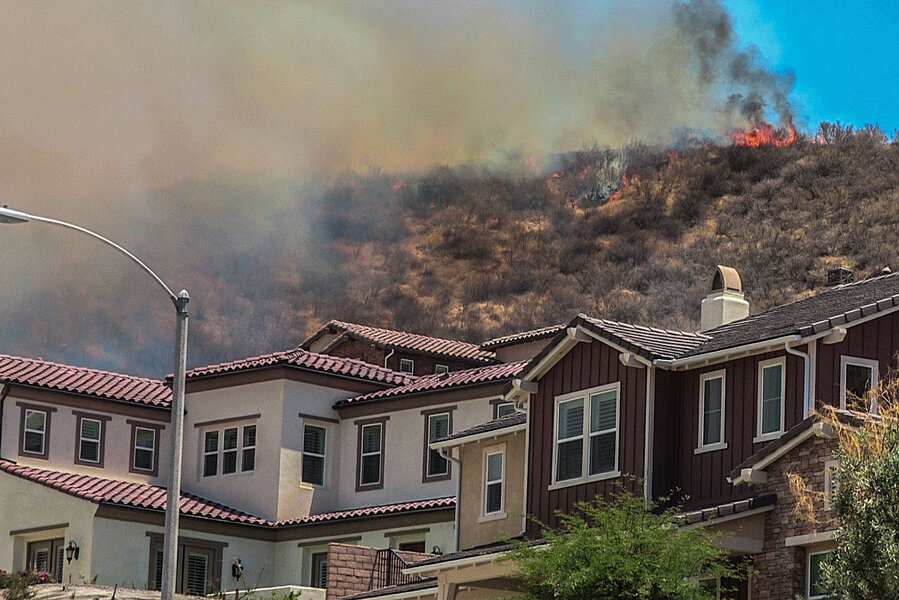Homeowners insurance claims continue to drop in the US
Loading...
The number of homeowners insurance claims in the U.S. continued to decline in 2015, according to an inaugural report by a leading industry data provider.
LexisNexis Risk Solutions, which provides research and information on underwriting and business risk, published its first Home Trends Report in October, which detailed the downward trend in homeowners insurance claims.
From 2010 to 2015, all-peril losses – those that occur as a result of any covered calamity – declined 30% and catastrophic claim losses also were down, according to the report. Cost per claim also declined across the aggregate of claim categories over the last several years.
While overall frequency and the cost of claims has been declining, there was a slight rise in claim severity. Although, the report noted that the increased severity was due to inflation through the cost of labor and materials.
Other positive highlights of the report included generally stable catastrophic losses, with some notable exceptions, and changes within categories perils, such as a decline in wind losses. In the five-year period the report focused on, overall cost of wind loss declined a significant 53% even as seasonal frequency resulted in a spike as much as 73%.
Not surprisingly, many wind claims come from the midwest, where severe thunderstorms and tornadoes are most common. But efforts to increase deductibles and the introduction of actual cash value roof endorsements have passed costs to consumers in windy areas.
Homeowners insurance claims as a result of hail damage also steadily declined between 2010 and 2015. Like losses related to wind damage, hail damage spikes in the spring and summer when there are more storms.
Weather-related water losses were the only claim category in which costs dramatically increased, according to LexisNexis. From 2010 to 2015, weather-related water losses increased 156%. But unlike other claim categories, the range of catastrophic losses caused by weather-related water damage drastically fluctuated between as low as 5% and as high as 50% of all losses in a year. Some years, such as 2012, we much more favorable in terms of costs.
Like those that were weather-related, theft and liability losses have also both declined in recent years and contributed to the overall homeowners loss trends across the U.S.
Losses due to theft were much higher on the West Coast than anywhere else in the U.S. The study showed the five states with the highest vulnerability were California, Washington, Nevada, Arizona and New Mexico.
The map for liability claims looked much different, possibly due to the population of states. However, one state seems a little out of place then. California, New York, New Jersey and Connecticut were among the five states with the highest liability costs and all have either large populations or a high population density. The last of the five states, North Dakota, has neither many residents or is densely populated.
It’s hard to predict whether or not loss numbers will continue to decline into 2016 but Hurricane Matthew will undoubtedly affect them. Like years prior to 2016, catastrophic weather-related water losses could push total losses much higher than other years.
The hurricane killed hundreds of people and is estimated to had caused about $8.8 billion in insured property damage across Haiti and the southeastern U.S., including Florida, Georgia South Carolina and North Carolina, according to AIR Worldwide.
This story originally appeared on ValuePenguin.







